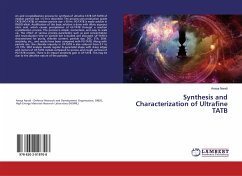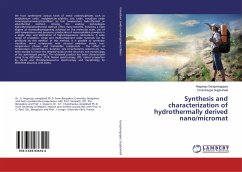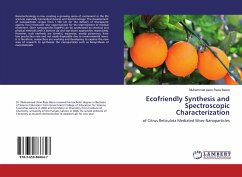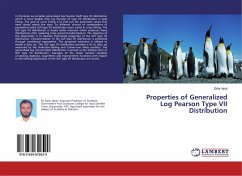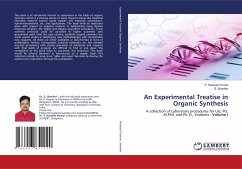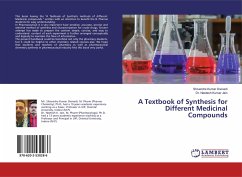An acid recrystallization process for synthesis of ultrafine TATB (UF-TATB) of median particle size 50 lm. PG-TATB is made soluble in DMSO-alkali. Acidification of this basic solution is done with dilute aqueous nitric acid, which causes precipitation of UF-TATB through a reaction crystallization process. The process is simple, economical, and easy to scale up. The effect of various process parameters such as acid concentration and neutralization time on particle size is studied and discussed. UF-TATB is characterized for purity, chloride content, particle size, DSC, STA, SEM, sensitivity, etc., and results have been compared with PG-TATB. Along with particle size, the chloride impurity in UF-TATB is also reduced from 0.7 to 0.13%. SEM analysis reveals regular bi-pyramidal shape with sharp edges and corners of UF-TATB crystals compared to porous and rough surfaces of PG-TATB crystals. There is an impact sensitivity gain in UF-TATB. This may be due to the ultrafine nature of the particles.

